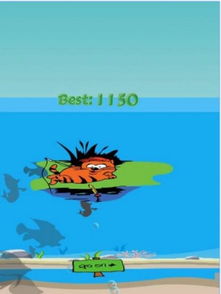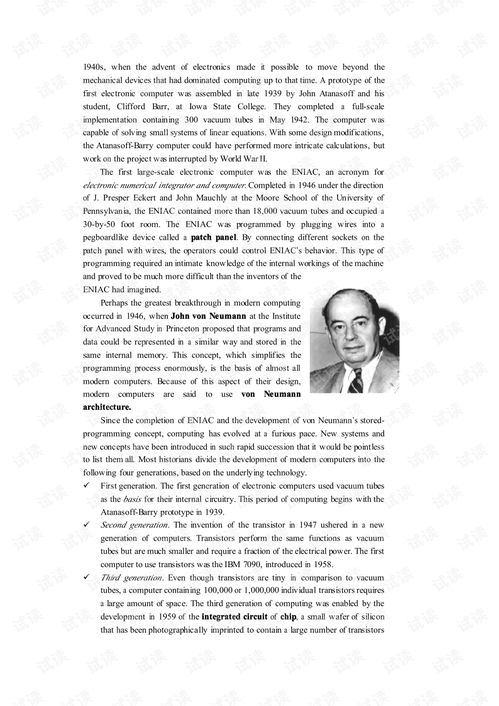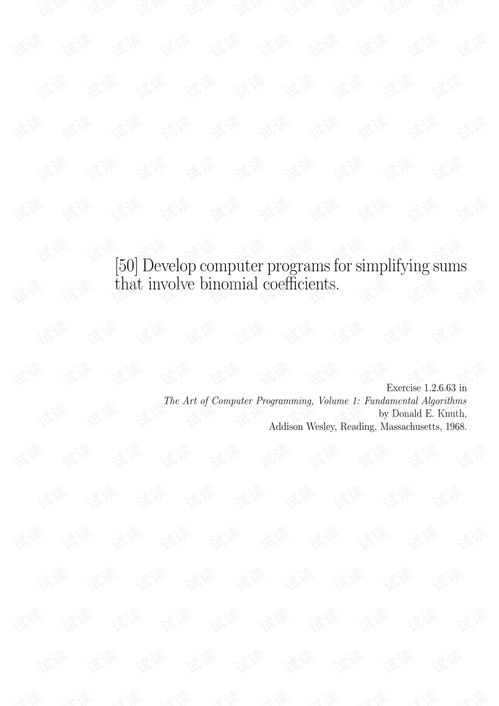Content:

Introduction: Fishing, an age-old hobby cherished by many, has the power to bring joy and relaxation to individuals of all ages. Whether you are a seasoned angler or a beginner looking to learn the ropes, mastering the art of teaching fishing techniques is essential. With the advent of technology, learning has become more accessible than ever before. In this article, we will explore how to learn and effectively teach fishing techniques through video tutorials.
Understand the Basics: Before diving into teaching fishing techniques, it is crucial to have a solid understanding of the basics yourself. Familiarize yourself with different types of fishing rods, reels, baits, and techniques. Watch videos that cover the fundamentals, such as casting, baiting, and knot tying. This will help you gain confidence and provide accurate instructions to your students.
Find Reliable Video Resources: The internet is a treasure trove of fishing videos, but not all of them are reliable. Look for reputable channels or websites that specialize in fishing tutorials. YouTube, for instance, has numerous skilled anglers who share their knowledge through detailed video guides. Search for channels with high ratings and positive reviews to ensure you are learning from experts.
Watch and Analyze: Take the time to watch various fishing technique videos, paying close attention to the presenter's instructions and demonstrations. Analyze their techniques, observe their body language, and listen to their explanations. Look for patterns or variations in different approaches to find what works best for you.
Take Notes: As you watch fishing technique videos, make notes of key points, tips, and tricks. Jot down any questions that arise and revisit them later. This will help you retain the information and refer back to it when teaching others.
Practice and Refine Your Skills: Watching videos is just the beginning. To truly master fishing techniques, you need to practice. Spend time on the water, applying what you have learned. Experiment with different techniques, rods, and baits to find what works best for you. This hands-on experience will enhance your teaching abilities and make you a more knowledgeable instructor.
Create Your Own Video Tutorials: Once you have gained confidence in your fishing skills and teaching abilities, consider creating your own video tutorials. This can be a valuable resource for others looking to learn. Use high-quality equipment to capture clear and concise instructions. Break down complex techniques into manageable steps and provide clear explanations.
Engage with Your Audience: When teaching fishing techniques through video, engage with your audience. Encourage viewers to ask questions in the comments section, and address their concerns in follow-up videos. Provide additional resources, such as links to websites or books, to enhance their learning experience.
Continuously Learn and Improve: The world of fishing is vast and ever-evolving. Stay updated with the latest techniques, equipment, and advancements in the field. Watch more videos, read fishing magazines, and join fishing communities to expand your knowledge. By continuously learning and improving, you will become a more effective teacher.
Conclusion: Learning how to teach fishing techniques through video tutorials is a valuable skill for both anglers and aspiring instructors. By understanding the basics, finding reliable resources, practicing your skills, and engaging with your audience, you can become a knowledgeable and confident fishing instructor. Embrace the joy of sharing your passion for fishing and help others discover the wonders of this wonderful hobby.












